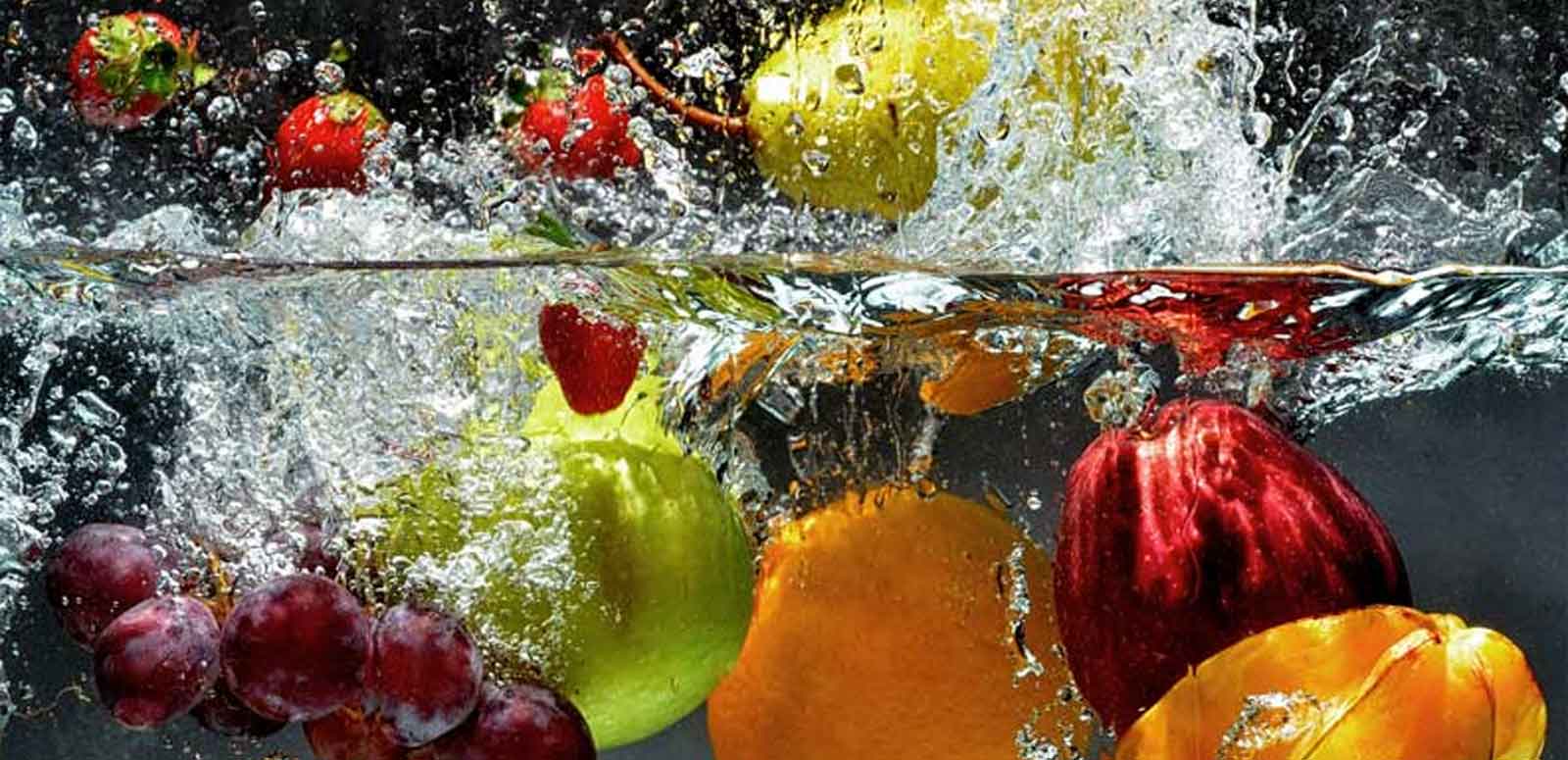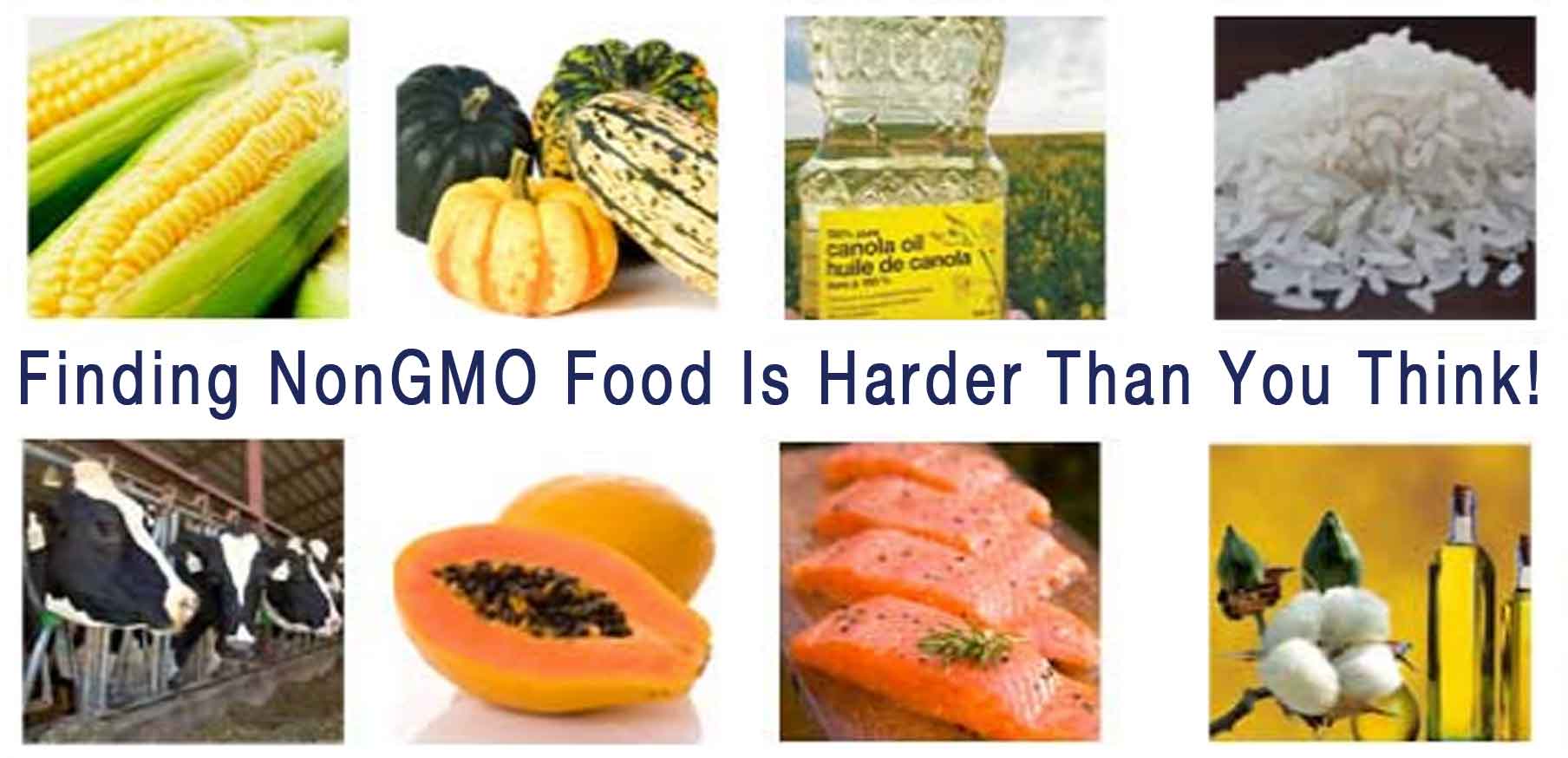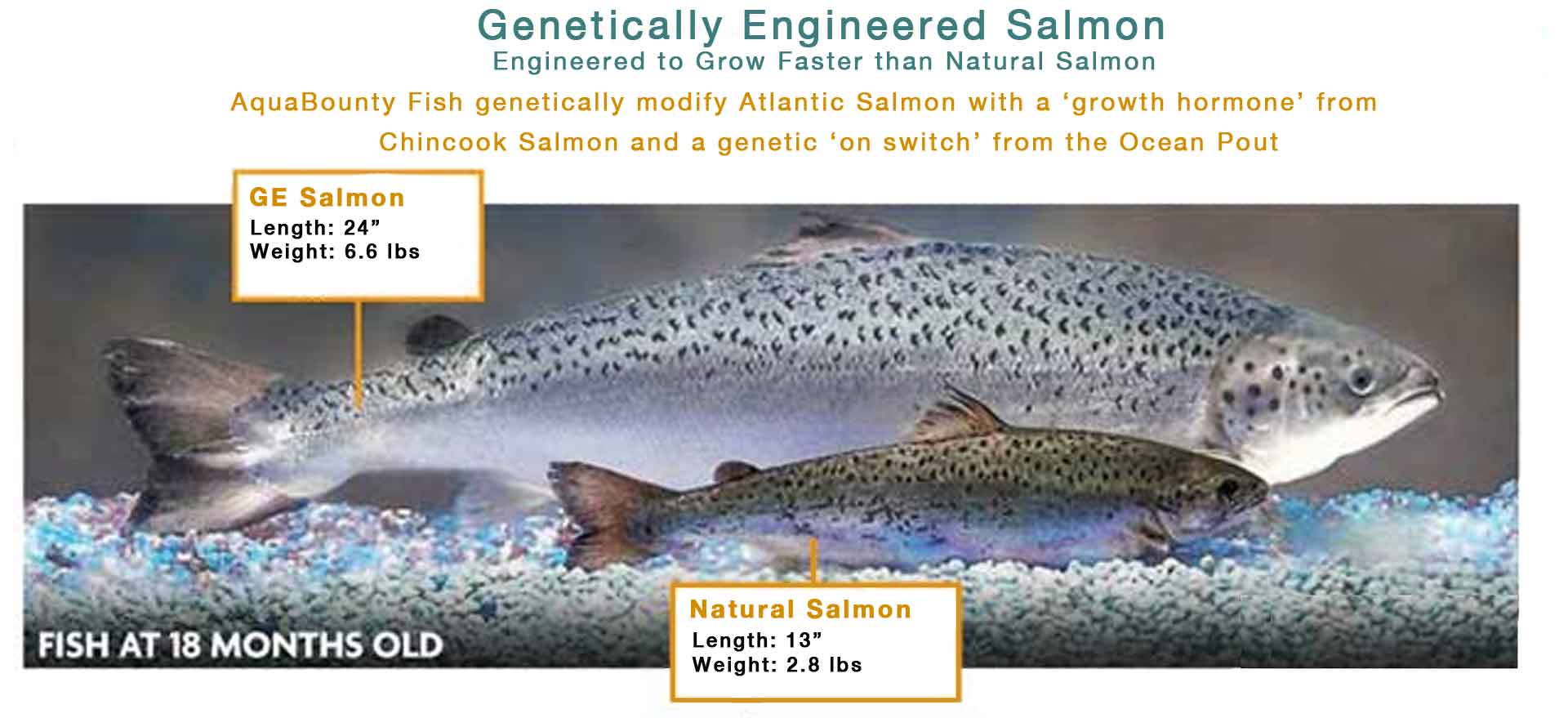No Brain…no heart…no lungs… and they’re taking over. No, this isn’t a Stephen King tale of horror, but it’s no less scary. In the early fall of 2007 billions of jellyfish attacked a salmon farm in Northern Ireland destroying more than 100,000 fish. In Japan, the number of jellyfish has risen so dramatically they are …
Bt toxin is produced by Bacillus thuringiensis in an inactive form (protoxin), which is transformed to its active form (delta-endotoxin) in the guts of certain insects. The active toxin binds to receptors in the gut, killing the insect. There are different forms of Bt toxin that are specifically active against certain groups of insects. Spores …
A 2014 study in Food Chemistry shows high levels of glyphosate—the active weed-killing chemical in Monsanto’s Roundup—are turning up in thousands of nonorganic packaged foods including those labelled ‘natural’ and in animal feed for livestock like pigs, cows, chickens, and turkeys. BT Soy is the second largest crop in the US after BT corn. According …
Golden Rule: Always Wash Produce Before Eating Even If It’s Organic For your health and the health of your family, be committed. Always wash produce before eating. Whether just picked them from the garden or if the produce is marked as organic, wash thoroughly before consuming to remove the bacterial matter that may have deposited …
Genetically engineered food is chemically treated and heavily processed. Seven out of 10 foods on grocery shelves contain questionable transgenic ingredients, including pesticide residue, yet they require no label identification. Industrially processed cows, pigs and chickens are usually fed genetically modified crops yet animal products like milk, eggs and meat do not require warning labels. …
A new organic pesticide developed at New Mexico State University is showing great promise. Called NMX, the essential oil-based pesticide is a safe alternative to conventional chemical pesticides and solutions. NMSU Microbiologist Geoffrey Smith developed NMX with a team of three researchers, who discovered that a mixture of essential oils from common desert plants can …
The monolithic chemical company, Monsanto, is trying to convince the world that glyphosate, their number one selling herbicide, is not a probable carcinogen as defined by World Health Organization report published earlier this year. According to Reuters, a 16-member panel, assembled by Intertek Scientific & Regulatory Consultancy will present its findings to the annual meeting …
Food is the single largest contributor to landfills today. In Canada, an estimated $27 billion in Canadian food annually finds its way to landfill creating unnecessarily high levels of carbon and methane. That’s approximately 40% of all the food we produce. As consumers, we are responsible for more food waste farmers, grocery stores, restaurants or …
The line between genetically engineered fodder and natural food is once again being blurred thanks to the Canadian government. Health Canada and the Canadian Food Inspection Agency rammed through approval of genetically modified salmon without public consultation or assessment of the potential effects on natural fish being affected by GM fish escaping into the wild …
Food Safety Magazine published an interesting study on food recalls. The publication tallied recalls from 2015 data from three different agencies—the U.S. Food and Drug Administration, the U.S. Department of Agriculture’s Food Safety and Inspection Service (USDA FSIS), and the Canadian Food Inspection Agency. The results produced some disturbing insights. According to the report, the …






